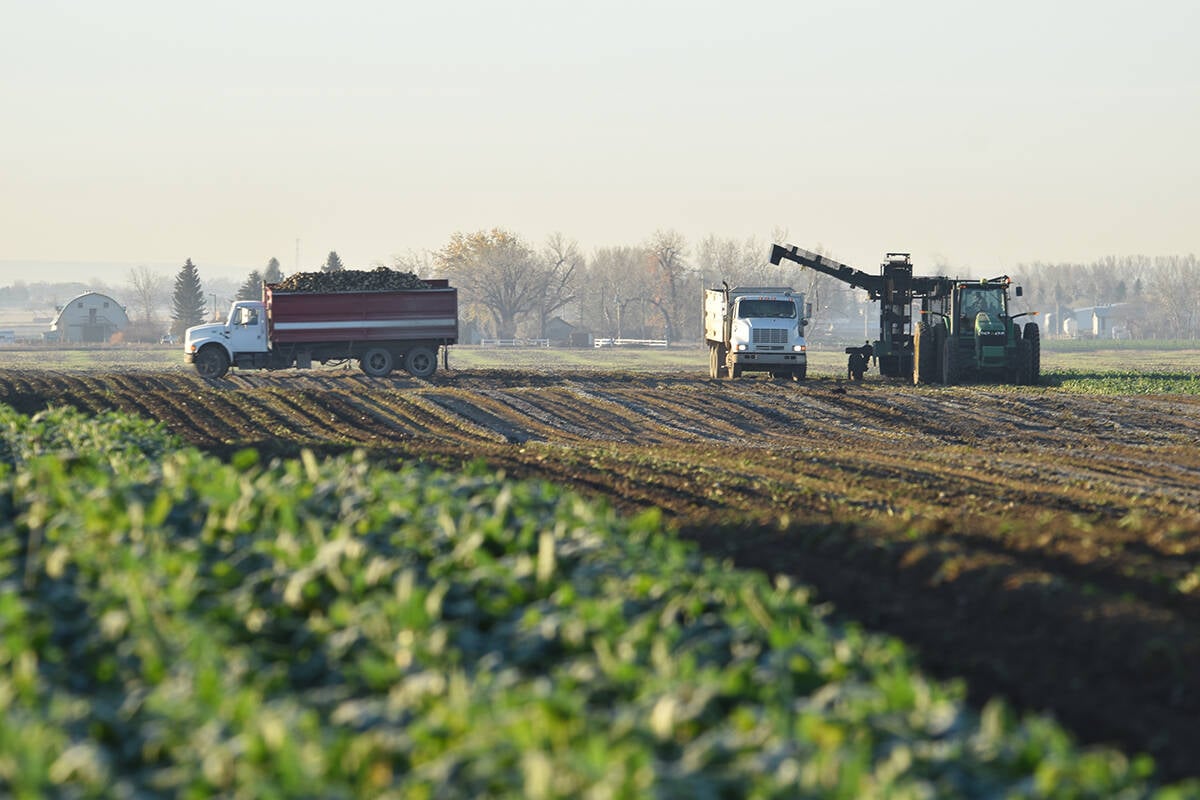Canadians are feeling the bite as inflation drives up food prices, according to an online survey conducted in January.
New data from the Angus Reid Institute suggests 80 percent of consumers are adjusting their shopping habits to keep up with the rising costs of groceries.
As a result, three in five Canadians are eating out less and 25 percent are drinking less alcohol.
Many Canadians are also changing up the groceries they buy to save money.
Almost half (46 percent) are switching to less expensive brands, while one-third (35 percent) say they are cutting back on meat. One in five (21 percent) are buying less fresh fruit and vegetables while four percent of households have gone to a foodbank for groceries.
Read Also

Canada the sole G7 nation without a Domestic Sugar Policy to aid local sugar beet production
Canadian sugar beet industry vastly different to US with free-market system compared to protective government-regulated sugar program
“With higher food prices, consumers, unsurprisingly, will compromise on nutrition. That’s basically what’s going on. It’s always the case unfortunately and really it questions our nutritional security. You can spend money on calories, but it’s the kind of calories you spend your money on that really matters,” said Sylvain Charlebois, researcher and professor in food distribution and food policy at Dalhousie University in Halifax.
In particular, rising prices are making households with children younger than 13 (89 percent) change their food shopping habits.
That includes 60 percent who have switched to cheaper grocery store brands. More than two in five (42 percent) of those without young children in their household said the same.
“The private label situation again is not a surprise. In fact, we are expecting grocers to invest more in private labels just because really, at the end of the day, they are offering a branded product at a lower price,” said Charlebois.
Inflation pains are also being felt across the Prairies with more than half of Saskatchewan and Manitoba shoppers (53 percent) having difficulty feeding their household.
“Consumers are looking for deals, they’re becoming more frugal, they’re trading down.
“The bottom line is that for the very first time in many, many years, the majority of consumers are actually noticing higher prices, which will trigger different behaviours and choices,” he said.
However, consumers are becoming better informed about market conditions as inflation rates go up, he added.
“They will look at flyers and when they show up at the grocery store, they will have a better sense of how much they should be paying for certain products on their shelves,” he said.
The use of coupons will increase and consumers will change locations to grocery shop, he added.
But inflation isn’t the only factor for increasing the cost of food.
The survey said Canada’s supply management system is also contributing to rising prices after higher prices for milk and butter came into effect Feb. 1.
It said 68 percent of Canadians broadly support supply management, but one-quarter (27 percent) want a temporary pause on price increases, while two in five (40 percent) are in favour of the system as is. A further third (32 percent) said the system should be ended.
The survey concluded that the coming year is not expected to offer a reprieve from the increasing money stress for Canadians as inflation continues to impact household finances.
According to the Bank of Canada, the cost of food is projected to continue to outpace inflation, which has reached its highest level in 30 years. The central bank blames rising food prices on poor local growing conditions, supply chain disruptions and high energy costs.
In January, Statistics Canada reported that grocery bills rose by 6.5 percent last year, which is the fastest pace since 2009.
“We are expecting the average household in Canada to spend a higher percentage of their budget on food moving forward. The nine percent era was over before COVID. The average (household) was spending maybe 9.1 percent of its budget on food. That’s over. We’re going to go over 10 percent and even over 11 probably,” Charlebois said.
“Let’s face it, I think most consumers in Canada, if not all consumers, we’ve been spoiled with affordable prices for a very long time. So, this is going to be a brutal shift for a lot of people, but it might not be bad all the way through. There will be some opportunities down the road.”
















